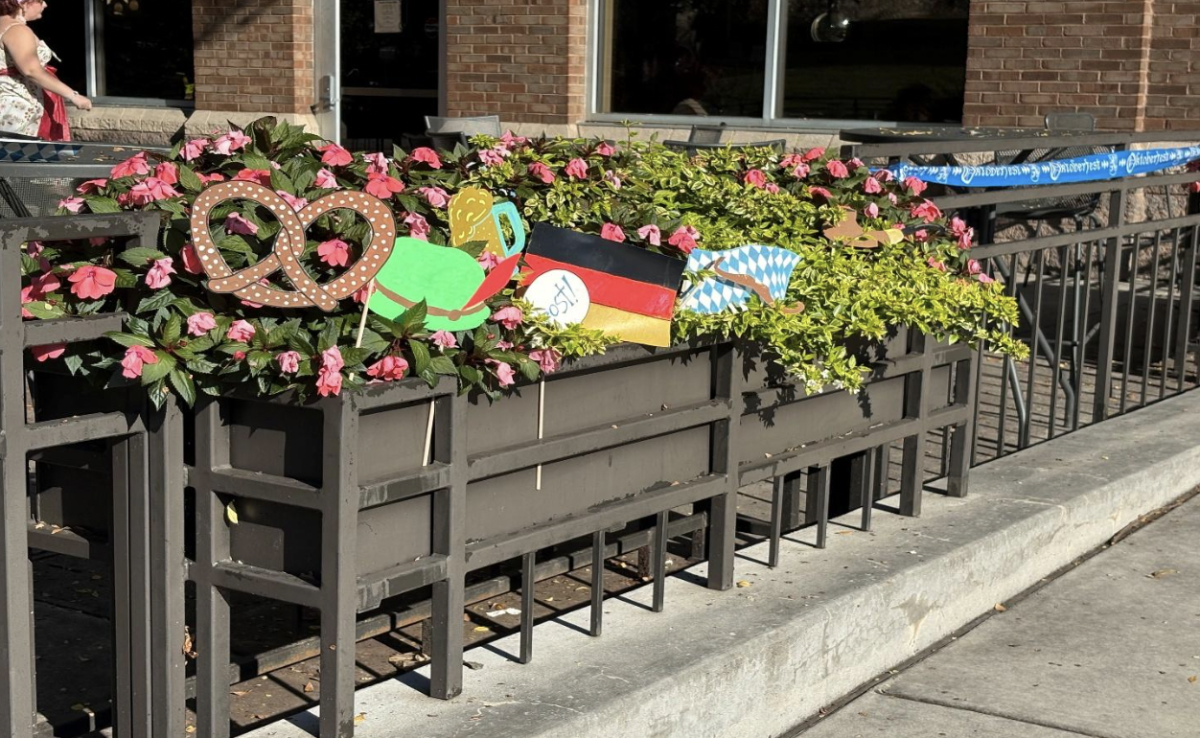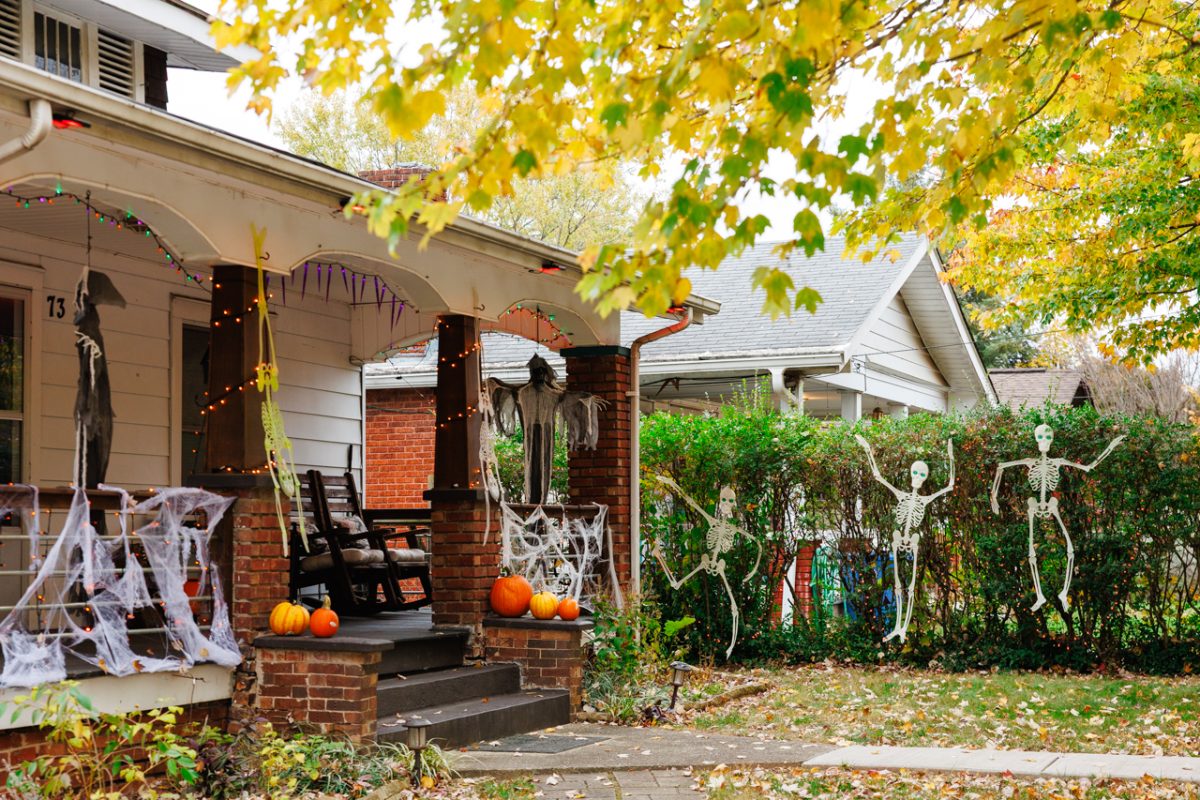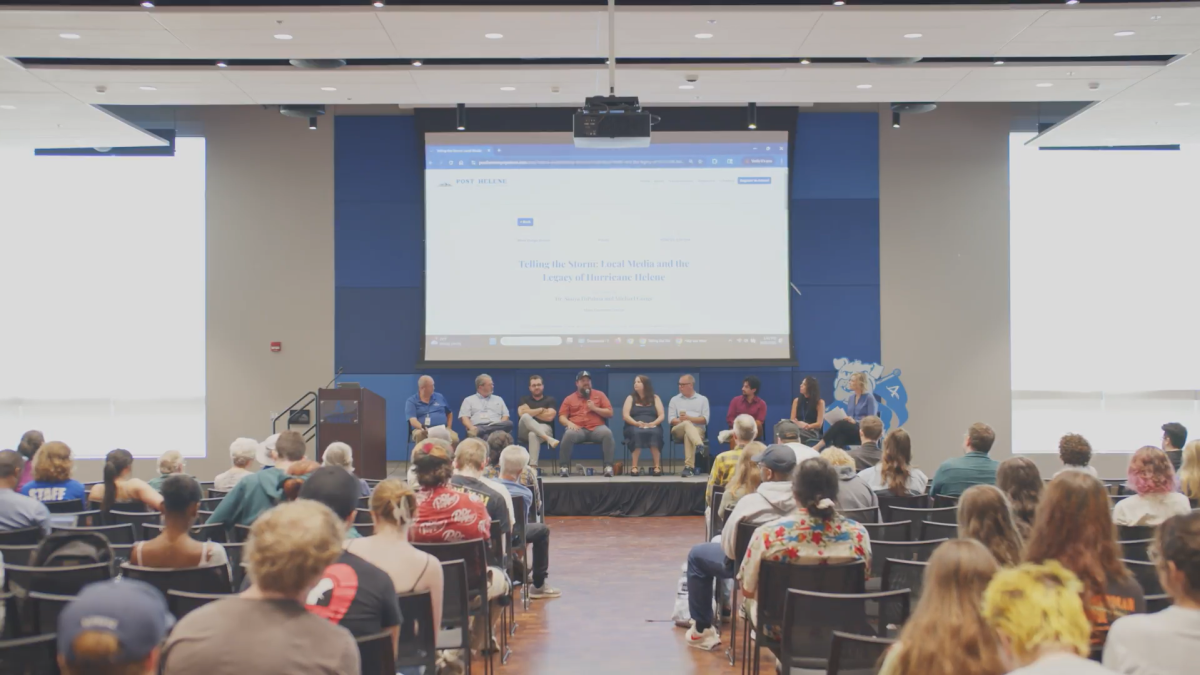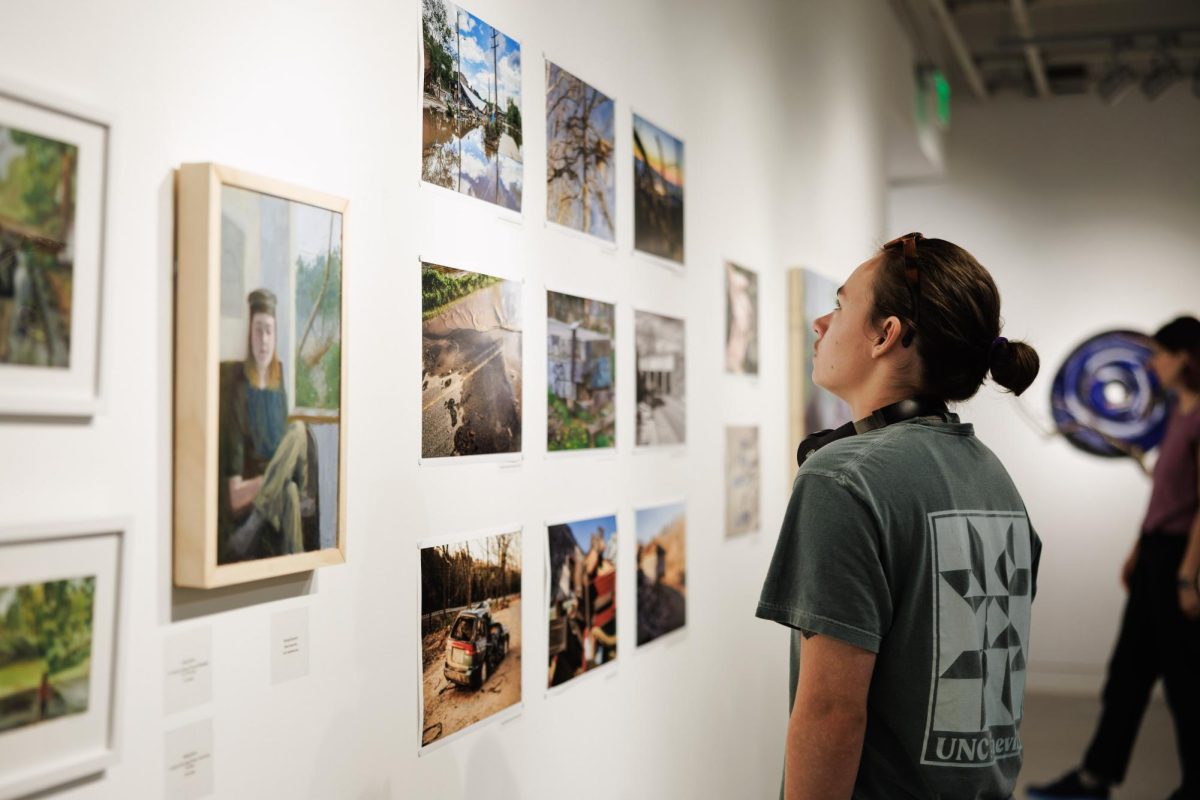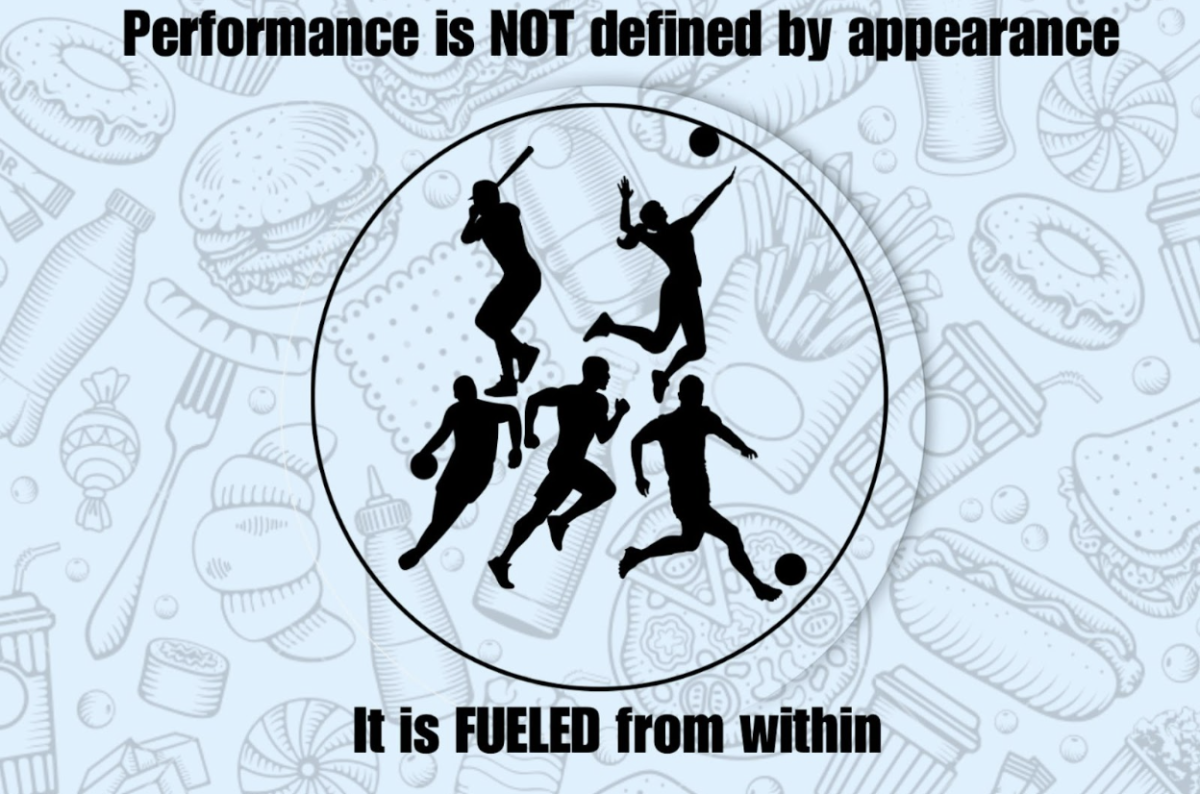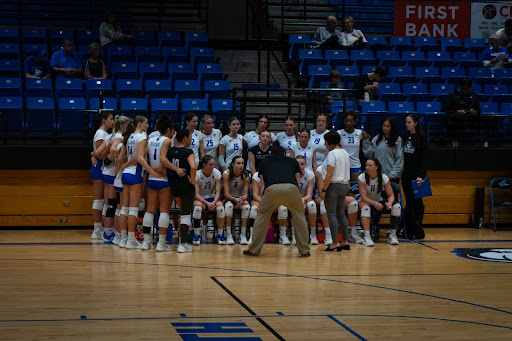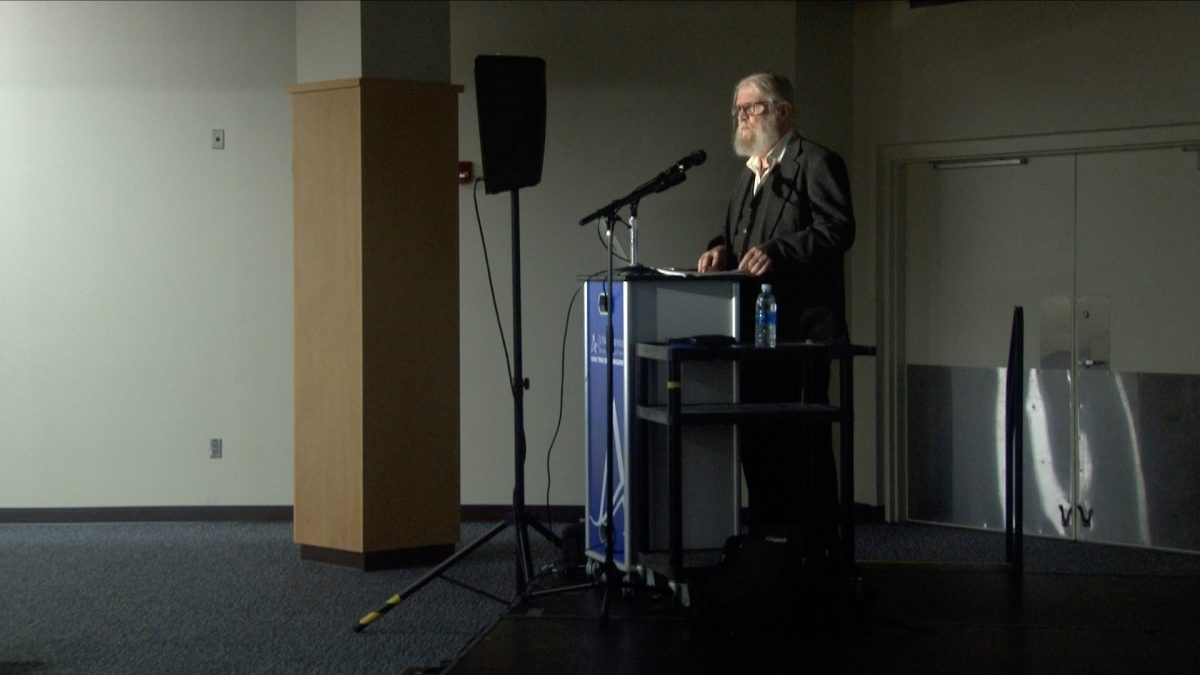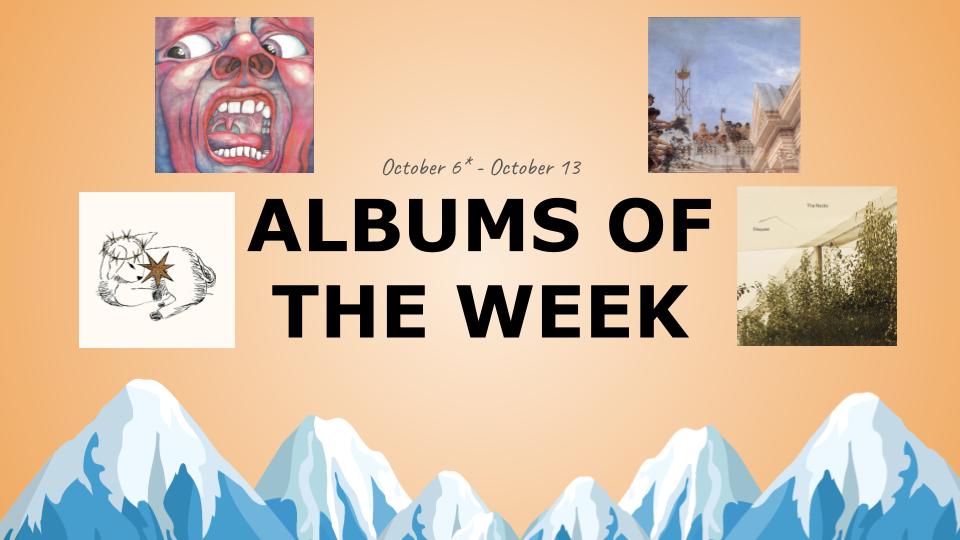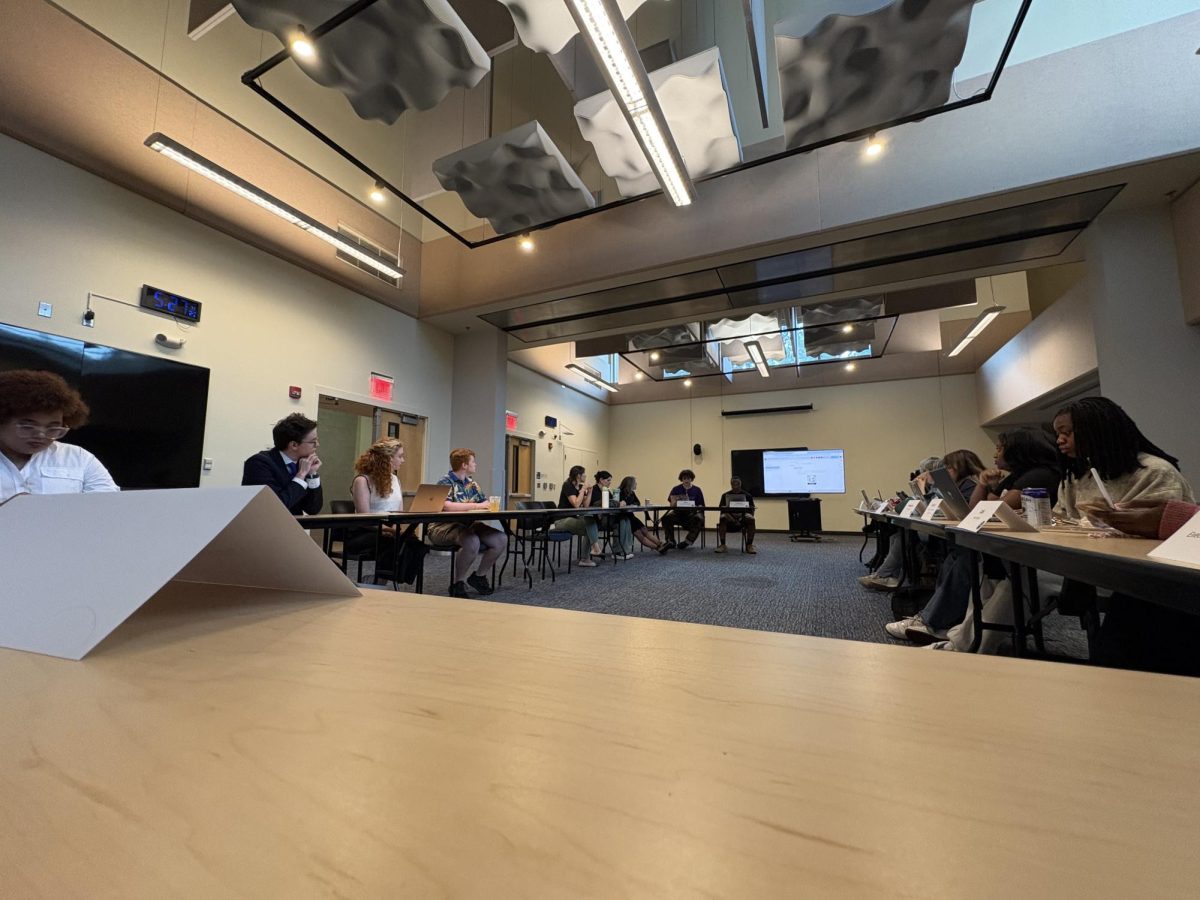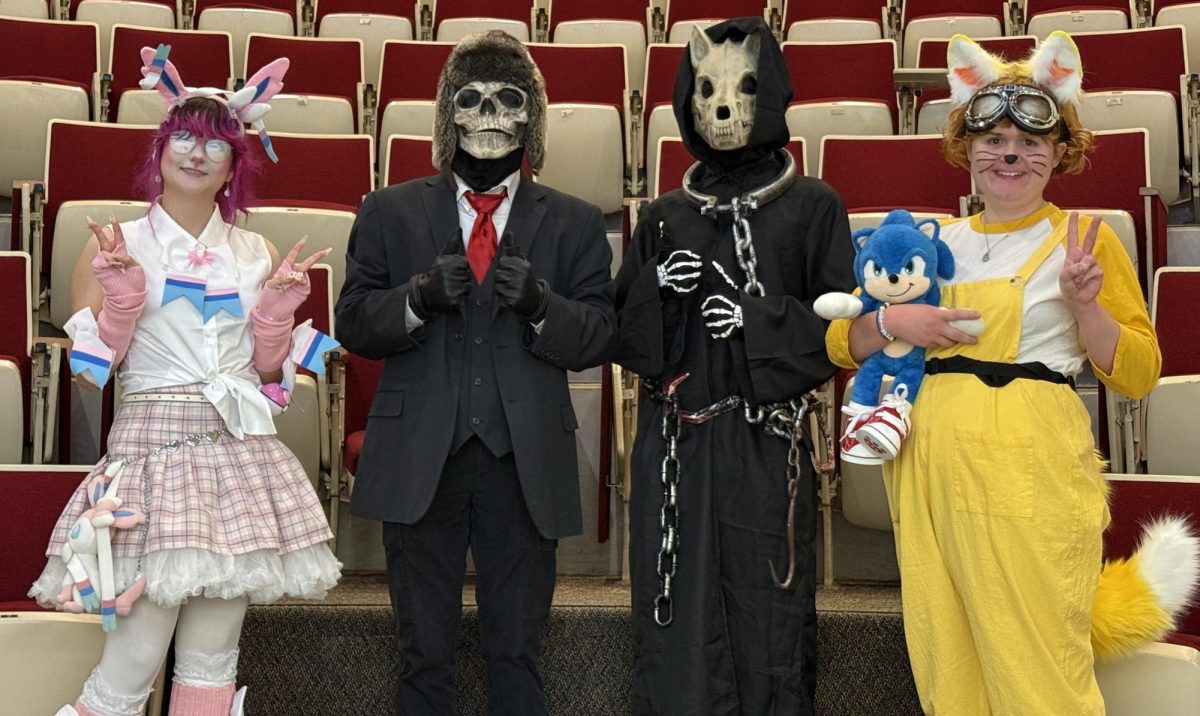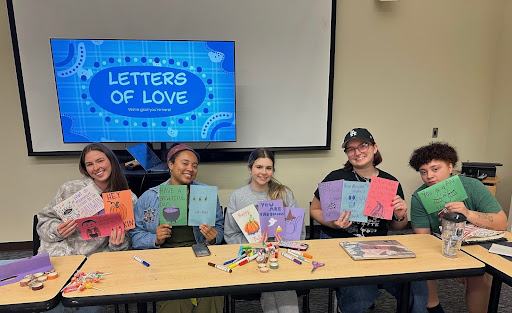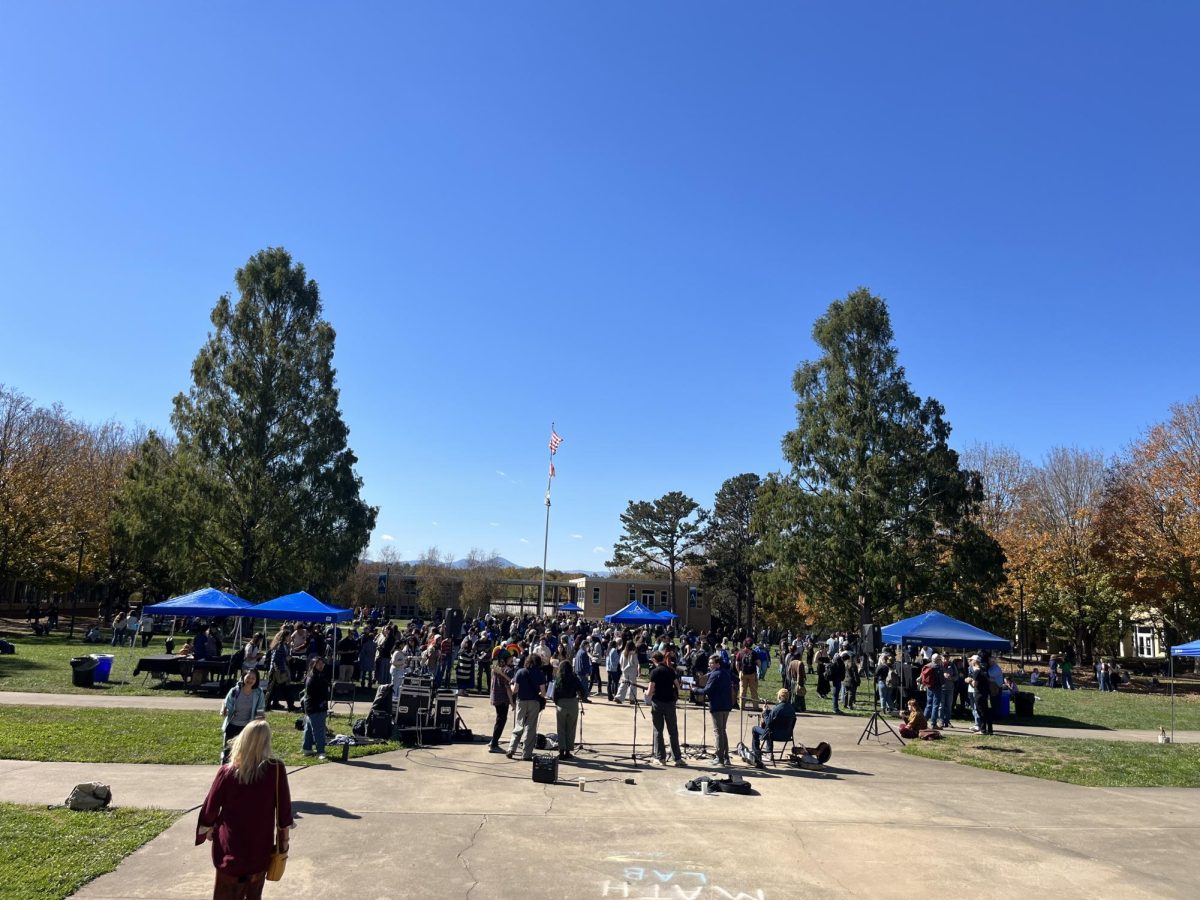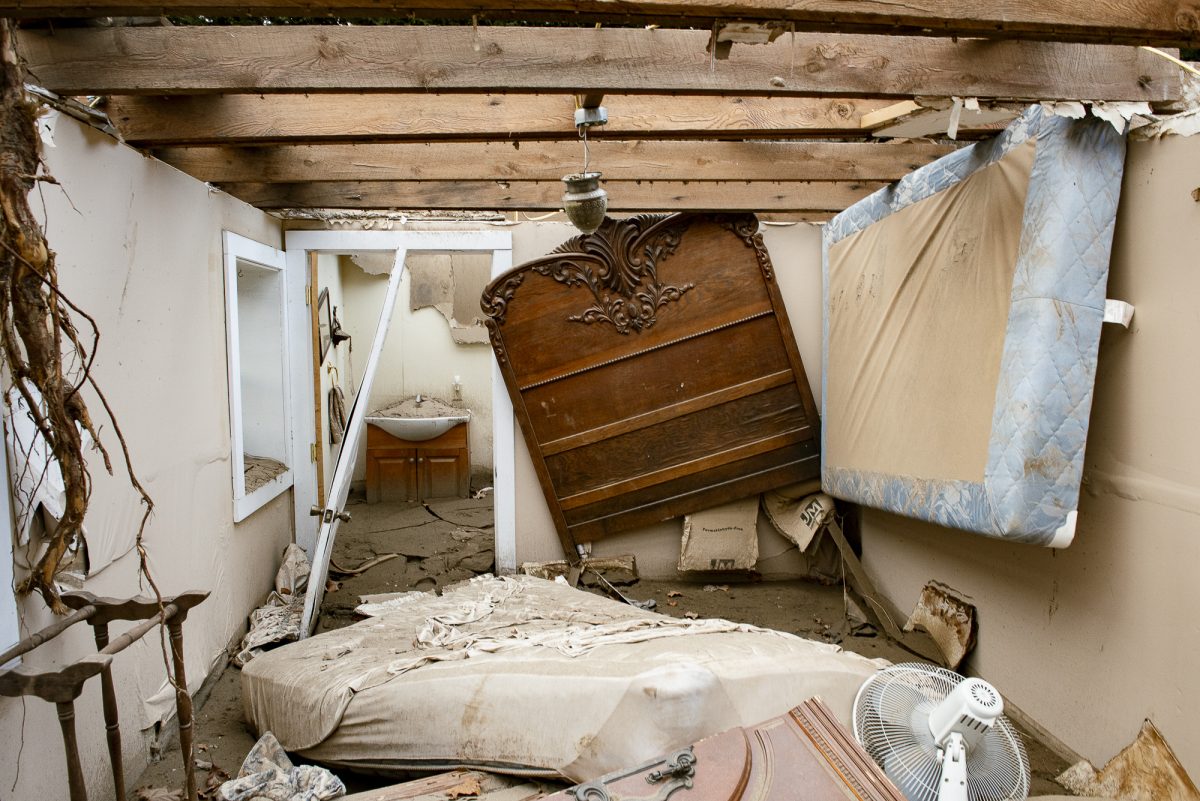When Hurricane Helene struck Western North Carolina, the impact far exceeded what anyone could have imagined. As a way to remember what happened to the community, the University of North Carolina at Asheville’s art department put together the “Looking Back to Move Forward” exhibit in the S. Tucker Cooke Gallery in Owen Hall.
Featuring work by faculty, students and alumni, the art exhibit gives viewers the opportunity to look back at the devastation caused by Helene and the ongoing recovery of the community. With artwork and research papers lining the gallery, the story of what happened to Asheville and the broader impact of climate change is told through community members, according to University of North Carolina at Asheville’s communication and marketing department.
“Everybody had a really different experience,” Gallery Director Carrie Tomberlin said. “Including all the different voices, it is really important to tell the story of what happened with the hurricane.”
The exhibit consists of 53 works by artists. The majority of the work was made by students, along with a few faculty members and a handful of alumni, Tomberlin said.
According to the Americans for the Arts public opinion poll, “Americans Speak Out About the Arts in 2023,” 60 percent of Americans believe art helps us cope in times of distress.
Tomberlin said a really important function of art is how it allows individuals to process their feelings.
“I think for some of the alumni, that was really important because they might have moved away from Asheville but they still feel that tie,” she said. “A lot of alumni who live in other parts of the state or the South made work about Helene because that was such a traumatic experience for everyone.”
Tomberlin said she was very fortunate only to have trees downed on her property but despite photographing environmental issues for years, it’s much different when it is in your backyard. It is important to her that we document these moments so we can remember what happened and hopefully have a call to action for climate change.
The exhibit invited faculty with sustainability certificates to get the staff and their research students who were doing research about environmental issues to write texts to give a scientific perspective to bring a deeper appreciation to the artwork, according to Tomberlin.
For UNCA alumna Molly Newburger ‘24, she saw the devastation that occurred around her and when she was told about the exhibit, she wanted to create a piece that showed her experience.
“I learn more with visuals than with literature,” she said. “I can express myself better through art than words.”

Her work, “Morning After”, consists of acrylic paint and colored pencils shows the flooding she saw from her apartment. Being further up and seeing all of the trailers and lower income housing that flooded, she knew she wanted to represent the inequality experienced. Families displaced down the mountain and the homes above her that were pretty much fine left an impact on her.
“Two families just had to pack up all their stuff and go because their house was flooded and they couldn’t live there anymore,” Newburger said.
According to the U.S. Census Bureau Household Pulse Survey, 39.5 percent of adults benefited from social and emotional support attended art events whereas the percentage of adults who benefited but did not attend art events is 24.1 percent.
For Petri Orbach, Asheville native and UNCA Mechatronics student, Newburger’s artwork, which showed how everything was ruined particularly struck them and captured the feeling of how weird it was after the storm, they said.
Orbach went home the Thursday before the hurricane hit to be with family. They remember thinking it wasn’t that bad but was woken up later that night to trees falling and hearing the wind through closed windows.
